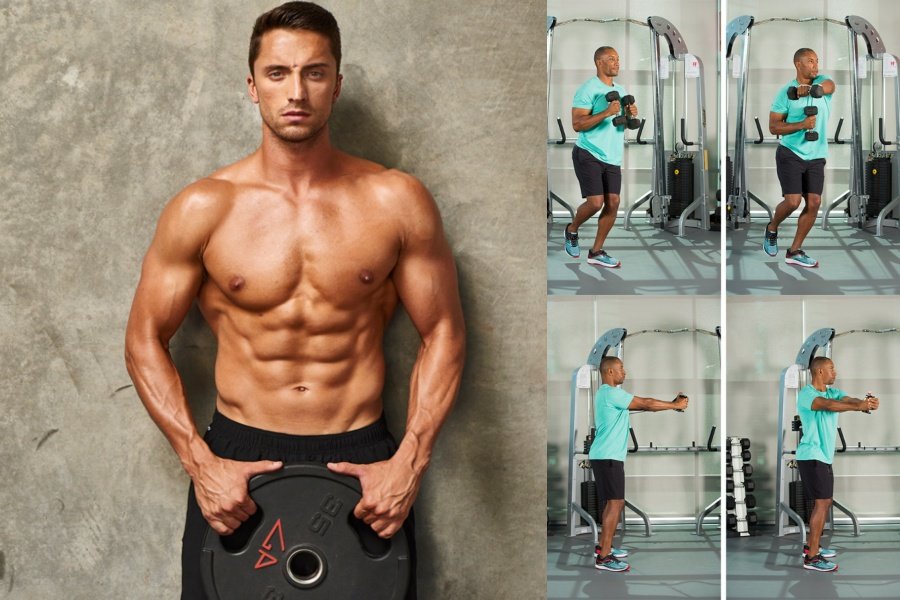Core stability is essential to both static and dynamic balance. Unfortunately, many traditional core-training exercises, such as crunches and leg raises, do little to improve stability. To enhance balance, core exercises should be functional, multi planar and involve both single and double leg movements.
Core stability is a vital component of balance. These exercises utilise double and single leg movement patterns, unstable surfaces and movement across three planes to challenge the core and improve static and dynamic balance. Incorporate these core exercises to reduce injury, enhance movement quality and improve athletic performance.
Here are six core exercises to you use with your clients to help them boost balance and improve health, fitness and athletic performance.
Banded Tri-planar Toe Taps:
Amp it up: Drop into a deeper squat with the standing leg.
Pare it down: Perform the movement without a band, using only body weight.

How to:
- Place a Versa-Loop band directly above the knees and shift into a single-leg, quarter-squat position.
- While balancing on the standing leg, tap the alternate leg forward, to the side and directly behind you.
- The core and hip muscles will fire to maintain single-leg balance against the band’s resistance in three different directions.
Single-leg Cross-body Punches:
Amp it up: Perform the exercise on a non-slip mat or foam pad to create more instability and increase the core challenge.
Pare it down: Perform the movement without weights, using only body weight.

How to:
- Hold two dumbbells at chest height and move into a single-leg, quarter-squat position.
- With control, alternate “punching” the weights across the body, while maintaining stability in the standing leg.
Plank With Elbows on a Stability Ball:
Amp it up: While maintaining shoulder and hip alignment, “stir the pot” with the elbows, by creating small circles with the ball in both directions.
Pare it down: Perform the exercise with the knees on the floor and the hips tucked.

How to:
- Place your elbows onto a stability ball and walk your feet out until you’re in a plank position.
- Engage the abdominals, glutes and quadriceps to maintain a stable plank pose and keep the shoulders and hips squared to the floor.
Paloff Press With Rotation:
Amp it up: Walk farther away from the machine or increase the resistance.
Pare it down: Turn this into an isometric exercise by holding the starting position for 30-60 seconds.

How to:
- Stand perpendicular to a cable machine, holding the cable handles at chest height.
- Select a low load and walk away from the machine until you feel a slight tension in the handles; extend your arms away from your chest.
- You’ll immediately feel the core activate to resist the urge to rotate toward to machine.
- Maintaining this core activation, slowly turn away from the cable machine, keeping the core, chest and hands in line.
- Slowly return to the starting position, with the arms extended in front of the chest.
Laterally Loaded Single-leg RDL:
Amp it up: Move farther away from the cable machine or increase the resistance.
Pare it down: Perform a laterally loaded double-leg Romanian deadlift, with both feet on the floor.

How to:
- Stand perpendicular to a cable machine, holding the cable handles at chest height.
- Select a low-to-moderate load and walk away from the machine until you feel a slight tension in the handles.
- Move into a single-leg stance with the leg nearest the cable machine.
- Keeping hips and shoulders perpendicular to the machine and handles close to the chest, lower into a single-leg Romanian deadlift.
- Engage the core and hip musculature to resist the urge to rotate toward the machine.

